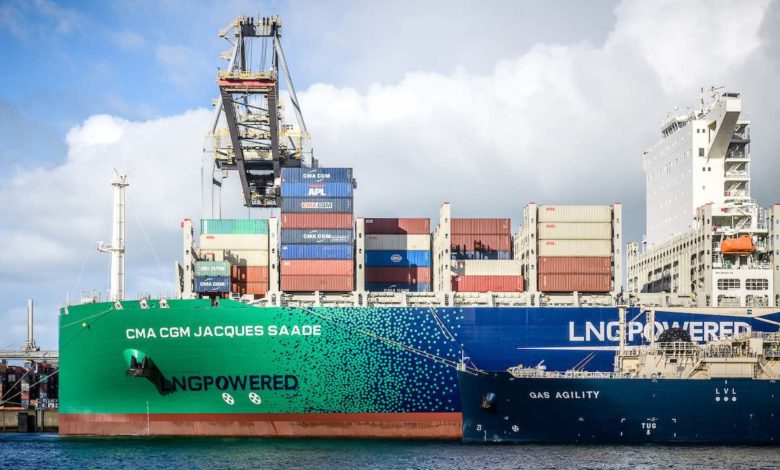Global Methane Pledge to be unveiled at COP26 heaps more pressure on LNG fuel proponents

Proponents of LNG as shipping’s interim future fuel will face another barrage today with the White House the latest institution to go on the attack.
President Joe Biden is to unveil plans today at COP26, the major international climate summit taking place in Glasgow, to limit global methane emissions by 30% from 2020 levels by the end of the decade. Biden’s call is backed by an alliance of 90 countries. However, China, India and Russia remain outside the newly formed Global Methane Pledge. The pledge is seen by many attending this month’s talks in Scotland as one of the biggest announcements likely to come out of COP26.
Methane, according to the Intergovernmental Panel on Climate Change (IPCC), accounts for about a quarter of all the heat trapped in the atmosphere since the pre-industrial era.
In August the IPCC released a significant report in which for the first time it took aim at methane, something that is emitted from LNG-powered vessels and by energy majors in creating LNG.
According to the IPCC, around 0.3C of the 1.1C that the world has already warmed by comes from methane.
In April this year the World Bank issued a report on decarbonising maritime transport in which it specifically recommended countries pull back from investing in further LNG bunkering infrastructure.
Taking a swipe at LNG as a fuel, the bank recommended that countries should avoid new public policy that supports LNG as a bunker fuel, reconsider existing policy support, and continue to regulate methane emissions.
“LNG is effectively liquefied methane, and methane is itself a highly potent GHG. Over 20-year and 100-year time horizons, methane is respectively 86 times and 36 times more potent a GHG than CO2. Therefore, any GHG emissions from unburnt methane released to the atmosphere – called methane leakage – can diminish or even entirely offset the theoretical GHG benefit of the use of LNG,” the bank warned. It has since taken its anti-LNG stance to the International Maritime Organization (IMO) submitting a paper to the Marine Environment Protection Committee (MEPC), which meets later this month.
As of the end of September, Clarksons data shows there were 704 ships trading, representing 0.7% of the global merchant fleet, that are capable of using LNG. In terms of the global orderbook however a sizeable 28.8% in gt terms will come out of yards as LNG capable.
In recent weeks, many dual fuel ships have switched to traditional bunker fuel as the price of LNG has soared across the planet.
Keen to dismiss the methane leakage argument, two LNG bunker lobby groups revealed details earlier this year of an independent, peer-reviewed study that claims GHG reductions of up to 23% are achievable now from using LNG as a marine fuel, depending on the marine technology employed. This is compared with the emissions of current oil-based marine fuels measured from well-to-wake .
This report used the latest primary data to assess all major types of marine engines and global sources of supply with data provided by original equipment manufacturers including Caterpillar MaK, Caterpillar Solar Turbines, GE, MAN Energy Solutions, Rolls Royce (MTU), Wärtsilä, and Winterthur Gas & Diesel, as well as from ExxonMobil, Shell, and Total on the supply side. Methane emissions from the supply chains as well as methane released during the onboard combustion process – also known as methane slip – have been included in the analysis.
Peter Keller, chairman of lobby group SEA-LNG, commented on the publication of this review: “Often based on outdated data, methane slip has become an overused argument for those wishing to justify inaction.”
The study claims that by 2030 methane slip will have been “virtually eliminated” as technological improvements continue.
Analysts at Alphatanker last week argued that today’s low-pressure LNG-fuelled engines can reduce methane slip by around 50% compared with a first-generation low pressure engine. Moreover, the recent development of high-pressure engines can reduce methane slip by up to 80% compared with a first-generation low-pressure engine.
